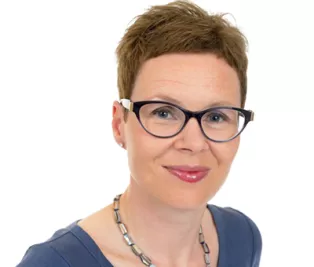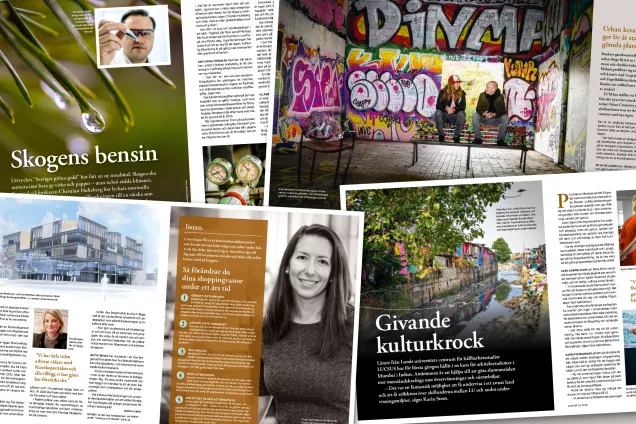This ambition is an important point in the University’s strategic plan and underpins the decision to assign the management of the investigation to Mia Rönnmar, dean of the Faculty of Law and professor of private law specialising in labour law. She is assisted by Carina Wickberg at the University management office. They have encountered great interest from all the faculties where they have now conducted meetings and interviews.
“Everyone is wondering about this issue and sees the importance of recruiting the right people and having the opportunity to offer good terms of employment”, says Mia Rönnmar.
With the aim of making an academic career more attractive and creating clearer career paths, the position of associate senior lecturer has been reintroduced in the Higher Education Ordinance (at LU, its use was previously enabled through a local collective agreement). Junior researchers in Sweden now have the possibility of increasing their teaching and research qualifications for a period of between four and six years to achieve employment until further notice as a senior lecturer. But there are some challenges connected to the position of associate senior lecturer.
“In the research-heavy faculties with little educational activity, it can be difficult to generate enough teaching hours for everyone”, says Mia Rönnmar. “And the education-heavy faculties can find it difficult to advertise associate senior lectureships considering their limited resources and the great need for senior lecturers.”
Otherwise, Mia Rönnmar thinks that the associate senior lectureship is a good form of employment and she would like to see it used in many higher education institutions.
“It would also benefit mobility between universities and other higher education institutions”, she says.
It is major challenge, according to Mia Rönnmar, to find career development in a research position. There are many successful researchers at LU.
“Researchers do not belong to the teaching staff category at the University and are only allowed to teach and examine students to a limited extent. It can be difficult for them to obtain the qualifications required to be appointed as senior lecturer. So how do we safeguard this resource?”
Mia Rönnmar also believes problems arise when fixed-term appointments pile up.
“The goal at LU, where education and research are to be intertwined, is for everyone to be active in both teaching and research”, she says.
Either way, career paths should be clear and transparent. Vacancies are to be advertised in open competition. For an associate senior lecturer, there is to be a structured professional development plan and it is to be clear to the individual what rules apply for the right to extension and for promotion.
Mia Rönnmar thinks that all forms of mentoring programmes for junior researchers are good. And not least the interdisciplinary ones at Lund University.
“It is a strength that we are so broad. And it is valuable to get an insight into the University’s breadth at an early stage.”
After all the interviews conducted during the winter and spring, Mia Rönnmar and Carina Wickberg are now entering the analysis stage. They will illustrate the implications of good and clear career paths, analyse the legal regulations (e.g. the Higher Education Ordinance and the Swedish Employment Protection Act) and show good examples at LU and other higher education institutions. The result of the investigation is to be handed over to the vice-chancellor on 15 August at the latest.
MARIA LINDH



